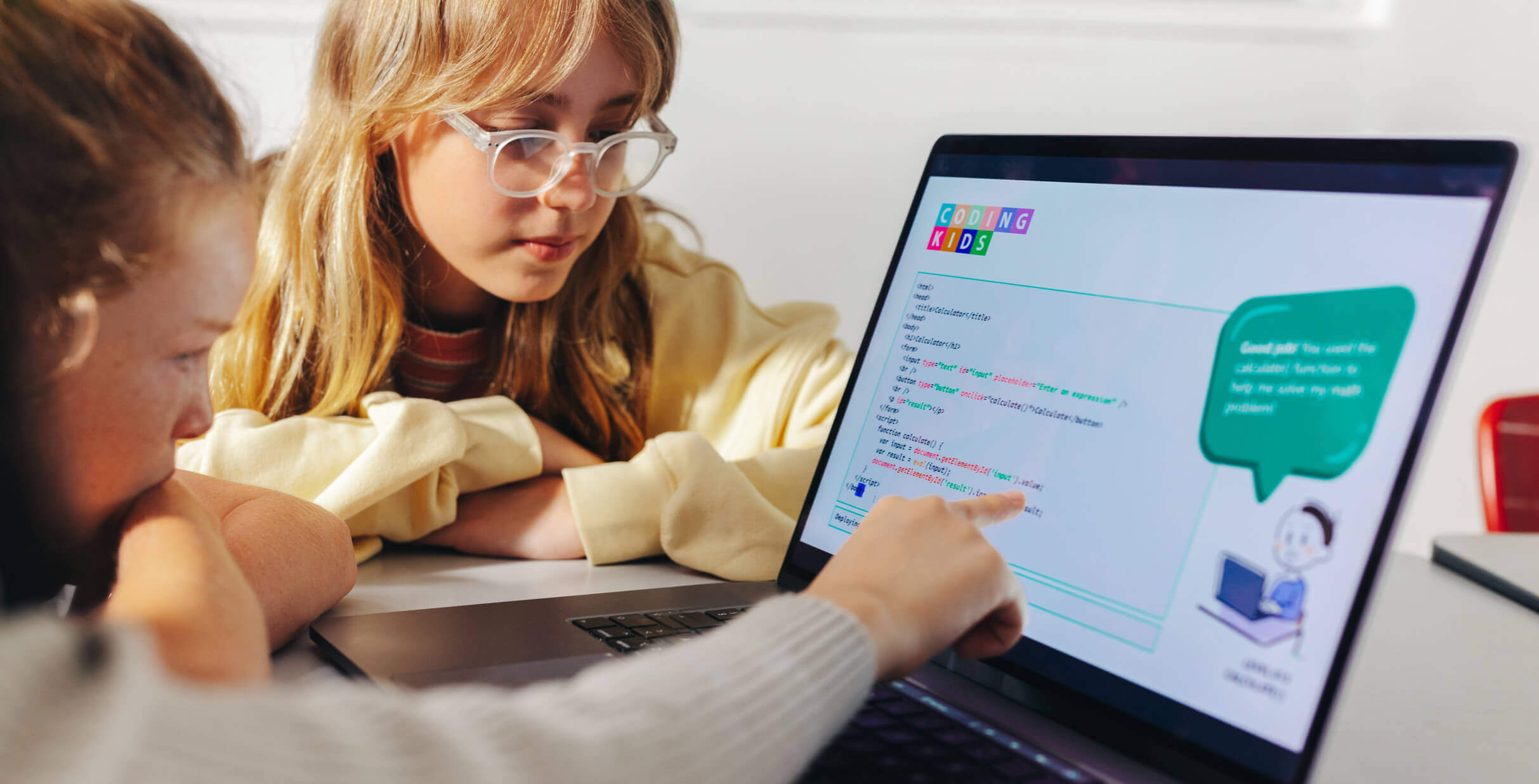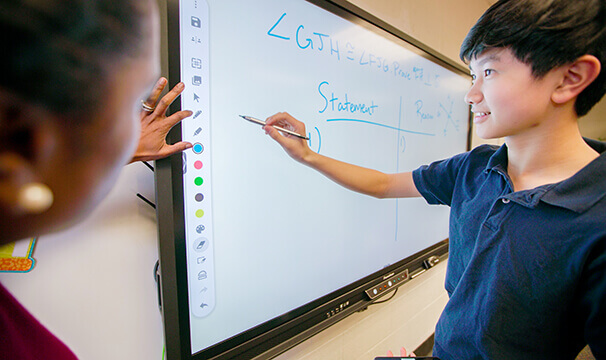It’s so important to have a plan in place to deal with bullying when we see it. But what about when we can’t see it? While cyberbullying can be harder to spot, it is all around us as our social lives move online. As schools also move workspaces online, how can we prevent bullying while ensuring high levels of collaboration? We’ve gathered a few tips for teachers and schools to help keep students safe:
How to identify cyberbullying
Because of the insidious nature of cyber bullying, its perpetrators often fly under the radar, maintaining anonymity. That’s why it’s important that we teach students how to recognise the signs of cyberbullying.
Cyberbullies may:
- Use derogatory language
- Post images or stories of others without their consent
- Post things that are untrue
- Post content attacking individuals, not the specific thing they disagree with
- Post content attacking someone’s traits or appearance
Most importantly, make sure students know that cyberbullying is not one size fits all. If anyone does something online that makes them feel uncomfortable, and doesn’t cease or apologise when respectfully asked to, this may be cyberbullying.
The importance of posting consent
It’s super important to ask permission before sharing anyone’s likeness online, this includes posting or messaging. Many social media sites have a long list of policies that users must agree to before they are allowed to use the site. Some of these include image posting guidelines and profanity restrictions.
Make students aware that once something is online, it can be shared rapidly with ease. What might start as a message to a small group can quickly spread beyond their control.
Incorporate digital behaviour into your rules and procedures
Reinforce the community guidelines that exist in online spaces by echoing them in your classroom rules and procedures. This should help to both prevent cyberbullying in class and set clear consequences if it does occur.
Students should have explicit rules around how they are expected to act while interacting online in class, such as “treat everyone with respect” and “do not use derogatory language in any form”.
Procedures should include guidelines on what students should do if they see cyberbullying occuring to themselves or to others. Things such as collecting evidence of the online abuse and reporting it to a dedicated committee through the school are all appropriate responses to include in procedures for cyberbullying.
Password security and cyberbullying
Teaching students the importance of password privacy is one of the simplest ways to prevent cyberbullying. Whether the website is for school or personal use, there’s no excuse to share passwords with anyone else beside a parent or trusted adult. Ensure that students have unique passwords that are complex enough to keep their personal information secure.
Additional Resources for Online Bullying Prevention:
The Promethean Resource Library contains some great lesson plans and activities on Cyberbullying, like this interactive Flipchart quiz.
There are also some valuable government-run sites that equip students and teachers alike with the tools needed to recognise and respond to cyberbullying. Here are a few that we’ve found:
- How to respond to cyberbullying – Digital Citizenship
- Hot to collect evidence of online abuse – eSafety Commissioner
- Educators’ behaviour and engagement resources – NSW Government Education Website
- Video library for educators – eSafety Commissioner
If you want more inspirational lesson ideas or training resources, why not check out Learn Promethean? Our free professional development hub is a convenient way to make the most out of your edtech. Sign up to Learn Promethean today.




